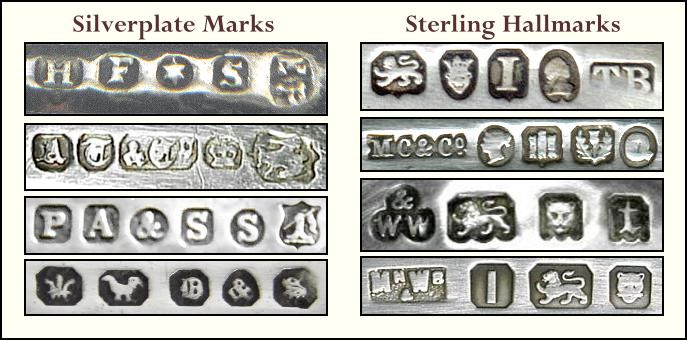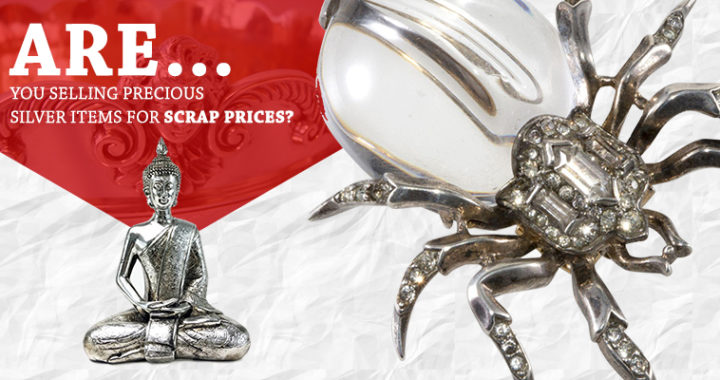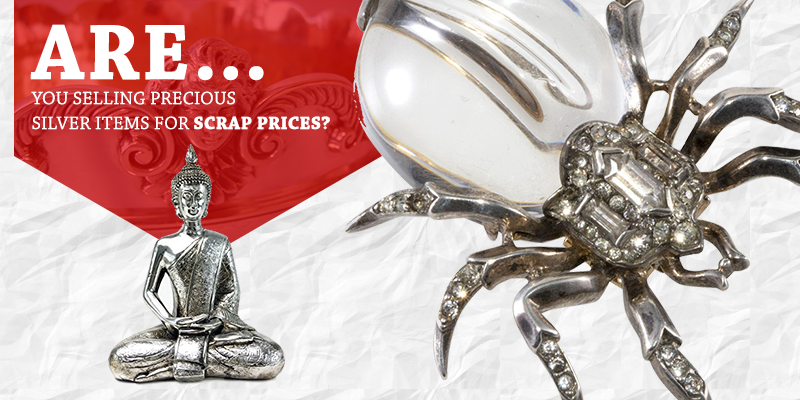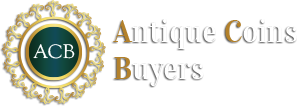Individuals that have silver items are always eager to know whether what they have is sterling or silver plated. This helps to understand the value of the product and make informed decisions about buying and selling of such items.
Antique silver is valuable and commands high price. For both buyers and sellers of silvers, an understanding of such factors as the age, manufacturer, and rarity of silver items determines the value attached to the items. These important pieces of information about silvers are often contained in the hallmarks.
What Are The Hallmarks?

Silver hallmarks are small stamped symbols that are found on the back or underside of silver items. They are very essential in antique silver appraisal as they provide the right information that help to determine the value and true prices of silver items.
How to Locate Hallmarks?

Hallmarks are placed on different parts of silver pieces. To locate it in different items, check:
- Bottom of silver trays, bowls, teapots and dishes
- Back of silver flatware
- Bottom of candlesticks, figurines, vases and decorative pieces
- Near the clasp of necklaces and chains
- And inside of rings and cuff bracelets.
Identify the Hallmarks

Image Source – https://bit.ly/3uGHYWm
Finding the hallmark is just the beginning of silver hallmarks identification. You need to figure out such information as the manufacturers of the item and the year it was made. Manufacturers change their marks over time but there are online resources that can help you to identify each hallmark. Most of them offer detailed photographs and extensive information that will help you determine the value of the antique.
Being able to identify hallmarks on silvers will help you to have a better understanding of what your antique is worth. This will put you in a better position if you finally decide to sell your silver. It will also be better to sell to antique silver dealers. Some reputable dealers will help you determine the value of your silver and buy at prices that are fair.










